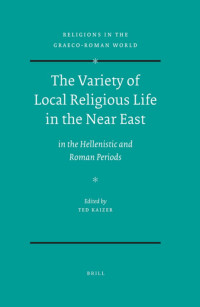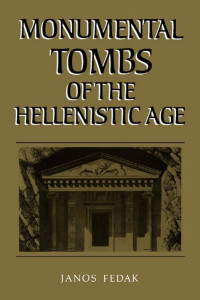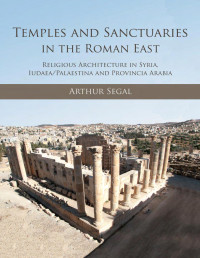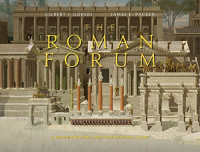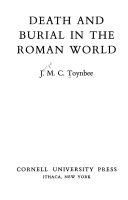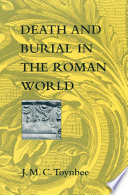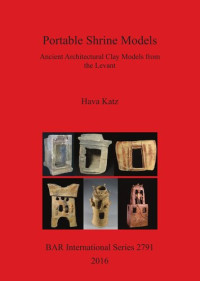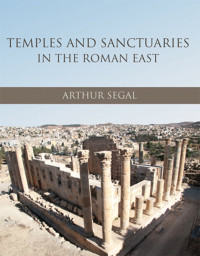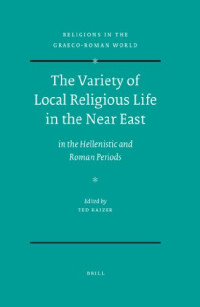
Temples and Sanctuaries in the Roman East
Arthur Segal,
This lavishly illustrated volume presents a comprehensive architectural study of 87 individual temples and sanctuaries built in the Roman East between the end of the 1st century BCE and the end of the 3rd century CE, within a broad region encompassing the modern states of Syria, Lebanon, Israel and Jordan. Religious architecture gave faithful expression to the complexity of the Roman East and to its multiplicity of traditions pertaining to ethnic and religious aspects as well as to the powerful influence of Imperial Rome. The source of this power lay in the uniformity of the architectural language, the inventory of forms, the choice of styles and the spatial layout of the buildings. Thus, while temples have an eclectic character, there is an underlying unity of form comprising the podium, the stairway between the terminating walls (antae) and the columns along the entrance front - in other words, the axiality, frontality and symmetry of the temple as viewed from outside.
The temples and sanctuaries studied in this volume demonstrate individual nuances of plan, spatial design, location in the sanctuary and interrelations with the immediate vicinity but can be divided into two main categories: Vitruvian temples (derived from Hellenistic-Roman architecture) and Non-Vitruvian temples (those with plans and spatial designs that cannot be analysed according to architectural criteria such as those defined by Vitruvius). The individual descriptions presented focus solely upon the analysis of the external and internal space of the temples of all types and do not involve any cultural or ethnic discussion.
The temples and sanctuaries studied in this volume demonstrate individual nuances of plan, spatial design, location in the sanctuary and interrelations with the immediate vicinity but can be divided into two main categories: Vitruvian temples (derived from Hellenistic-Roman architecture) and Non-Vitruvian temples (those with plans and spatial designs that cannot be analysed according to architectural criteria such as those defined by Vitruvius). The individual descriptions presented focus solely upon the analysis of the external and internal space of the temples of all types and do not involve any cultural or ethnic discussion.
년:
2022
출판사:
Casemate Publishers & Book Distributors, LLC
언어:
english
파일:
EPUB, 87.85 MB
IPFS:
,
english, 2022
 Amazon
Amazon  Barnes & Noble
Barnes & Noble  Bookshop.org
Bookshop.org  파일을 변환하실 수 있습니다
파일을 변환하실 수 있습니다  더 많은 검색 결과
더 많은 검색 결과 기타 혜택
기타 혜택 